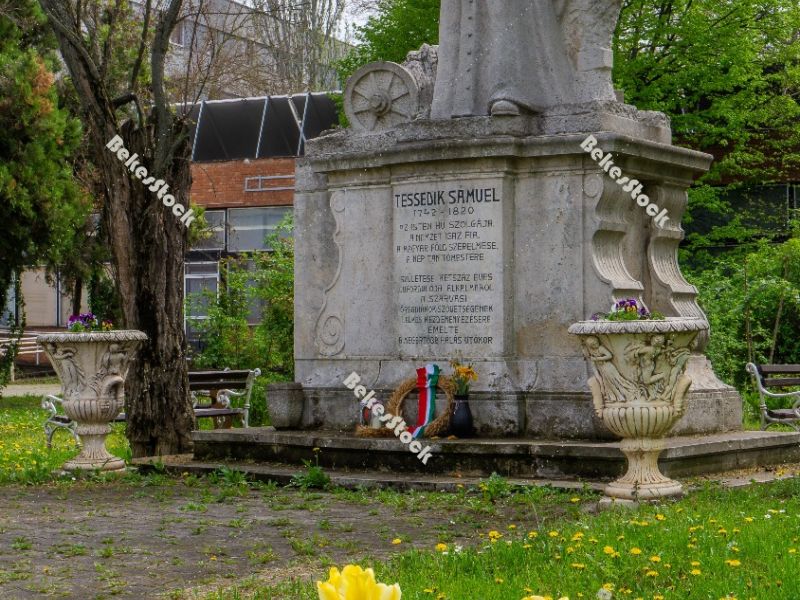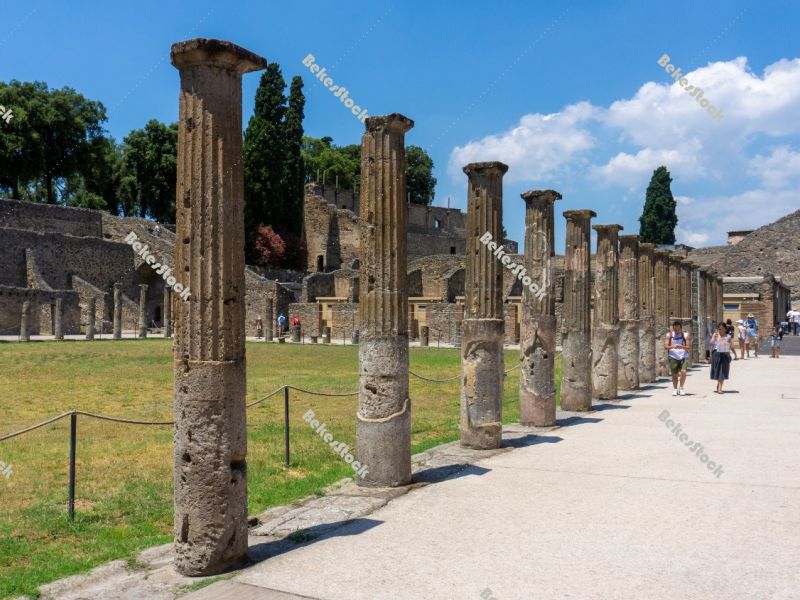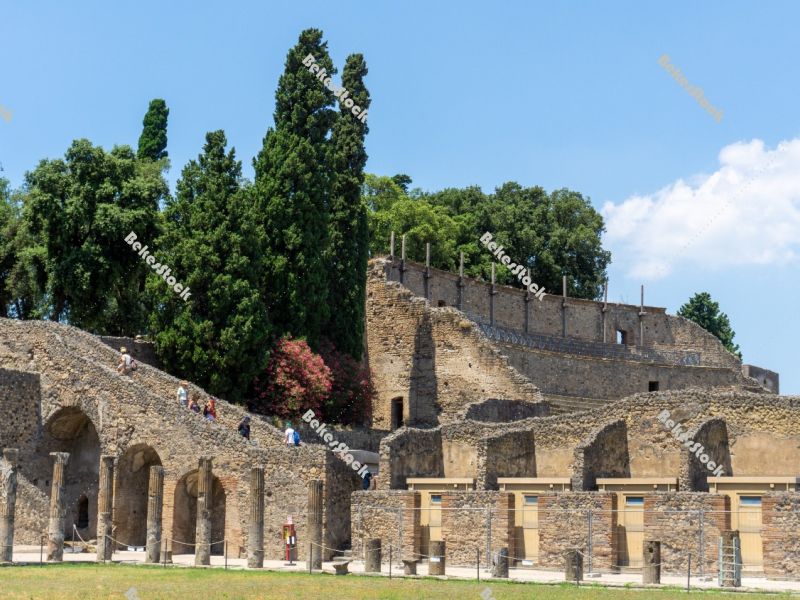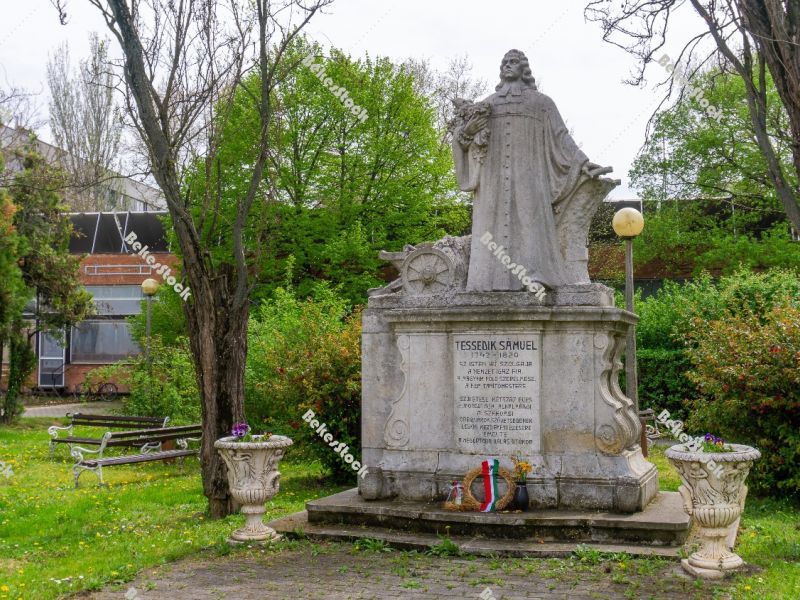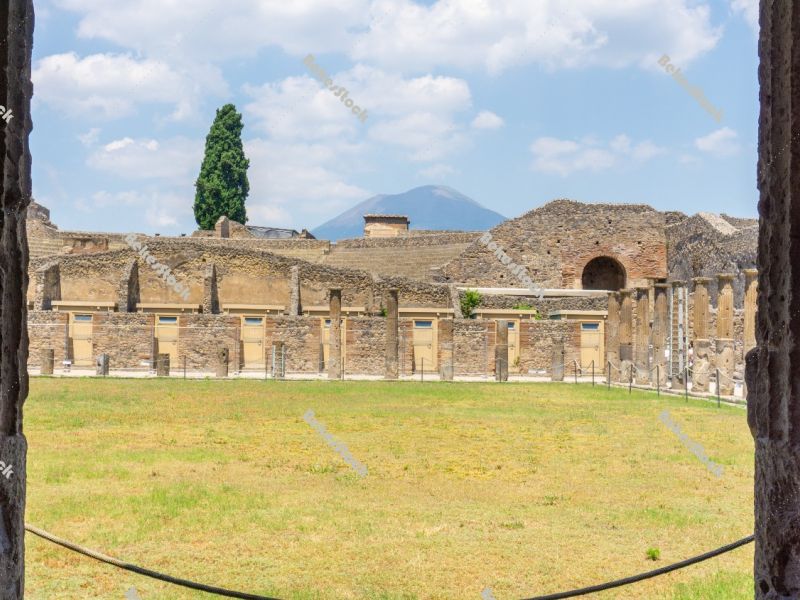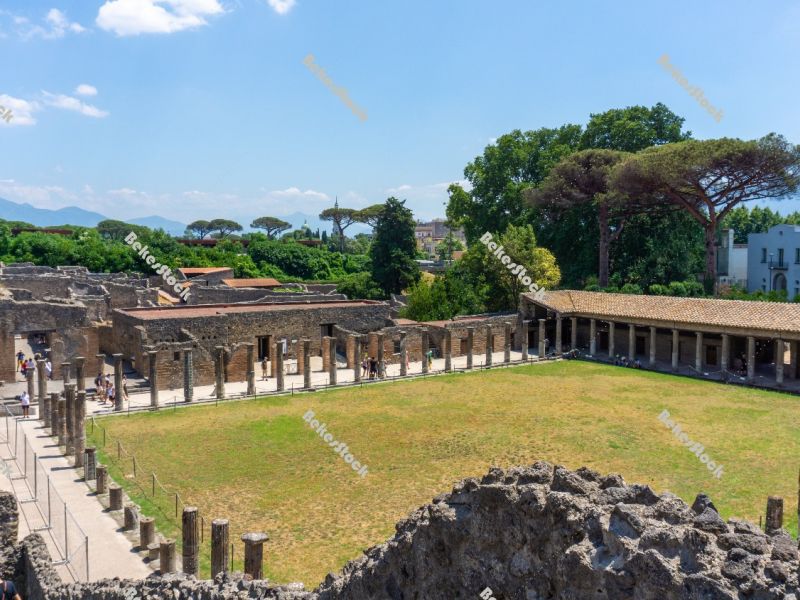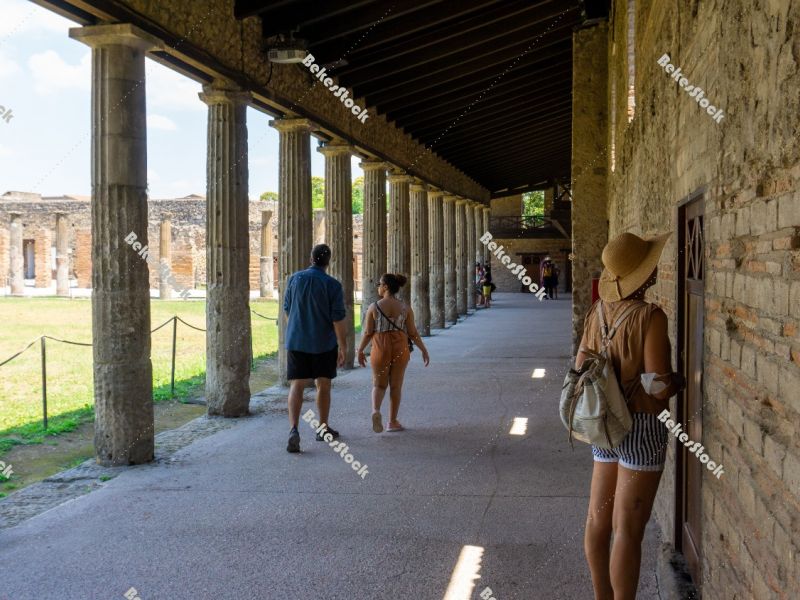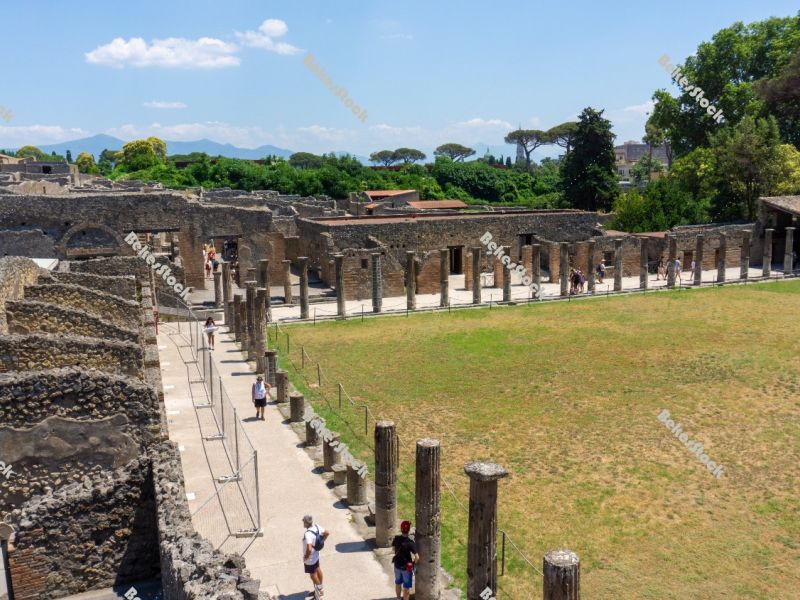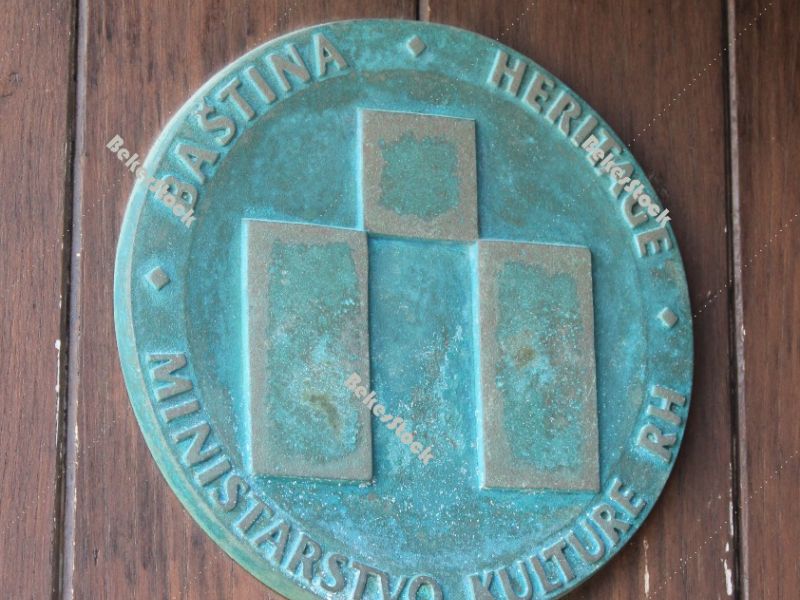Image Tags - arts
-
Statue of Tessedik (`Tessedik szobor`). Szarvas, Bekes County, H Statue of Tessedik (`Tessedik szobor`). Szarvas, Bekes County, H
Statue of Tessedik (`Tessedik szobor`). Samuel Tessedik (1742-1820) lived in Szarvas from 1767 until his death. In 1780 he founded the first economic school in Europe, where he taught theoretical and practical knowledge to peasant children. Szarvas, Bekes county (Bekes megye), Hungary, May 2021. @bekesstock @csabaprog
hungary szarvas town nature monument city tourist bekes county bekesstock bekes megye national attraction tree outdoors may bekes tulips stone garland tulip 2021 view szarvastown landmark tourism spring pastor vacation honour szarvas csabaprog culture famous nation historical travel statue jubilee arts wreath history flower park school anniversary szarvasvaros europe szarvasvárosStatue of Tessedik (`Tessedik szobor`). Samuel Tessedik (1742-1820) lived in Szarvas from 1767 until his death. In 1780 he founded the first economic school in Europe, where he taught theoretical and practical knowledge to peasant children. Szarvas, Bekes county (Bekes megye), Hungary, May 2021. @bekesstock @csabaprog
hungary szarvas town nature monument city tourist bekes county bekesstock bekes megye national attraction tree outdoors may bekes tulips stone garland tulip 2021 view szarvastown landmark tourism spring pastor vacation honour szarvas csabaprog culture famous nation historical travel statue jubilee arts wreath history flower park school anniversary szarvasvaros europe szarvasváros -
Cloister - QUADRIPORTICUS OF THE THEATRES OR GLADIATORS BARRACKS Cloister - QUADRIPORTICUS OF THE THEATRES OR GLADIATORS BARRACKS
Cloister - QUADRIPORTICUS OF THE THEATRES OR GLADIATORS BARRACKS in Pompeii. Behind the scene of the Large Theatre there is a large quadrangle surrounded by 74 Doric grey tuff columns of Nocera used as a foyer, an area where the spectators could stop during the intervals of the theatre shows. After the earthquake of 62 AD the building changed its function and became a barracks for gladiators, which resulted in certain parts of the building being reorganised. The most important rooms were those on the eastern side whereas the rooms upstairs may have been the apartments of the undertaker of the gladiators. Pompeii was an ancient city located in what is now the comune of Pompei near Naples in the Campania region of Italy. Pompeii, along with Herculaneum and many villas in the surrounding area, was buried under 4 to 6 m of volcanic ash and pumice in the eruption of Mount Vesuvius in AD 79 (1st century). Pompei, Naples (Napoli), Campania, Italy, July 2020. @csabaprog
ornament csabaprog decay gladiator city tourist architectural door sightseeing italian empire naples paved barrack teatro houses building vesuvius old landmark excavation vacation town eruption rome historical disaster ruins 1st house history archaeology ancient catastrophe destroyed volcano theatre doric roman journey trip vesuvio column tall ruined scenary mount died century mediterranean vesuvious architecture europe napoli romanesque famous buried unesco excursion beautiful travel remains ash overlooked stone colorful historic tourism demolished archeological italyCloister - QUADRIPORTICUS OF THE THEATRES OR GLADIATORS BARRACKS in Pompeii. Behind the scene of the Large Theatre there is a large quadrangle surrounded by 74 Doric grey tuff columns of Nocera used as a foyer, an area where the spectators could stop during the intervals of the theatre shows. After the earthquake of 62 AD the building changed its function and became a barracks for gladiators, which resulted in certain parts of the building being reorganised. The most important rooms were those on the eastern side whereas the rooms upstairs may have been the apartments of the undertaker of the gladiators. Pompeii was an ancient city located in what is now the comune of Pompei near Naples in the Campania region of Italy. Pompeii, along with Herculaneum and many villas in the surrounding area, was buried under 4 to 6 m of volcanic ash and pumice in the eruption of Mount Vesuvius in AD 79 (1st century). Pompei, Naples (Napoli), Campania, Italy, July 2020. @csabaprog
ornament csabaprog decay gladiator city tourist architectural door sightseeing italian empire naples paved barrack teatro houses building vesuvius old landmark excavation vacation town eruption rome historical disaster ruins 1st house history archaeology ancient catastrophe destroyed volcano theatre doric roman journey trip vesuvio column tall ruined scenary mount died century mediterranean vesuvious architecture europe napoli romanesque famous buried unesco excursion beautiful travel remains ash overlooked stone colorful historic tourism demolished archeological italy -
QUADRIPORTICUS OF THE THEATRES OR GLADIATORS BARRACKS in Pompeii QUADRIPORTICUS OF THE THEATRES OR GLADIATORS BARRACKS in Pompeii
QUADRIPORTICUS OF THE THEATRES OR GLADIATORS BARRACKS in Pompeii. Behind the scene of the Large Theatre there is a large quadrangle surrounded by 74 Doric grey tuff columns of Nocera used as a foyer, an area where the spectators could stop during the intervals of the theatre shows. After the earthquake of 62 AD the building changed its function and became a barracks for gladiators, which resulted in certain parts of the building being reorganised. The most important rooms were those on the eastern side whereas the rooms upstairs may have been the apartments of the undertaker of the gladiators. Pompeii was an ancient city located in what is now the comune of Pompei near Naples in the Campania region of Italy. Pompeii, along with Herculaneum and many villas in the surrounding area, was buried under 4 to 6 m of volcanic ash and pumice in the eruption of Mount Vesuvius in AD 79 (1st century). Pompei, Naples (Napoli), Campania, Italy, July 2020. @csabaprog
ornament csabaprog decay gladiator city tourist architectural door sightseeing italian empire naples paved barrack teatro houses building vesuvius old landmark excavation vacation town eruption rome historical disaster ruins 1st house history archaeology ancient catastrophe destroyed volcano theatre doric roman journey trip vesuvio column tall ruined scenary mount died century mediterranean vesuvious architecture europe napoli romanesque famous buried unesco excursion beautiful travel remains ash overlooked stone colorful historic tourism demolished archeological italyQUADRIPORTICUS OF THE THEATRES OR GLADIATORS BARRACKS in Pompeii. Behind the scene of the Large Theatre there is a large quadrangle surrounded by 74 Doric grey tuff columns of Nocera used as a foyer, an area where the spectators could stop during the intervals of the theatre shows. After the earthquake of 62 AD the building changed its function and became a barracks for gladiators, which resulted in certain parts of the building being reorganised. The most important rooms were those on the eastern side whereas the rooms upstairs may have been the apartments of the undertaker of the gladiators. Pompeii was an ancient city located in what is now the comune of Pompei near Naples in the Campania region of Italy. Pompeii, along with Herculaneum and many villas in the surrounding area, was buried under 4 to 6 m of volcanic ash and pumice in the eruption of Mount Vesuvius in AD 79 (1st century). Pompei, Naples (Napoli), Campania, Italy, July 2020. @csabaprog
ornament csabaprog decay gladiator city tourist architectural door sightseeing italian empire naples paved barrack teatro houses building vesuvius old landmark excavation vacation town eruption rome historical disaster ruins 1st house history archaeology ancient catastrophe destroyed volcano theatre doric roman journey trip vesuvio column tall ruined scenary mount died century mediterranean vesuvious architecture europe napoli romanesque famous buried unesco excursion beautiful travel remains ash overlooked stone colorful historic tourism demolished archeological italy -
Statue of Tessedik (`Tessedik szobor`). Szarvas, Bekes County, H Statue of Tessedik (`Tessedik szobor`). Szarvas, Bekes County, H
Statue of Tessedik (`Tessedik szobor`). Samuel Tessedik (1742-1820) lived in Szarvas from 1767 until his death. In 1780 he founded the first economic school in Europe, where he taught theoretical and practical knowledge to peasant children. Szarvas, Bekes county (Bekes megye), Hungary, May 2021. @bekesstock @csabaprog
hungary csabaprog nature szarvastown city tourist bekes county bekesstock bekes megye national attraction tree outdoors may bekes view garland 2021 landmark honour pastor tourism vacation monument szarvas town spring culture famous nation arts travel statue jubilee szarvas wreath history historical stone school anniversary szarvasvaros europe szarvasvárosStatue of Tessedik (`Tessedik szobor`). Samuel Tessedik (1742-1820) lived in Szarvas from 1767 until his death. In 1780 he founded the first economic school in Europe, where he taught theoretical and practical knowledge to peasant children. Szarvas, Bekes county (Bekes megye), Hungary, May 2021. @bekesstock @csabaprog
hungary csabaprog nature szarvastown city tourist bekes county bekesstock bekes megye national attraction tree outdoors may bekes view garland 2021 landmark honour pastor tourism vacation monument szarvas town spring culture famous nation arts travel statue jubilee szarvas wreath history historical stone school anniversary szarvasvaros europe szarvasváros -
The Szarvas Water Theatre (`Szarvasi Vízi Színház`) and the f The Szarvas Water Theatre (`Szarvasi Vízi Színház`) and the f
The Szarvas Water Theatre (`Szarvasi Vízi Színház`) and the footbridge. Water Theater is an open-air theatre by the River Körös in the town of Szarvas. This unique architectural wonder was set up in the heart of Central Europe, at the gate of Békés County in the year of 2011. It resembles to a gentle blend of a stylized castle and an amphitheater in picturesque surroundings by the Körös. Szarvas, Bekes county (Bekes megye), Hungary, May 2021. @bekesstock @csabaprog
hungary spring koros bridge nature water monument city tourist performance bekes county drama bekes megye wild tree footbridge may bekes dramatic view cypress landscape 2021 landmark taxodium theater tourism vacation reflection theatre red culture szarvastown szarvas town arts szarvas travel river csabaprog house swamp folyo green bekesstock europe szarvasvaros outdoors szarvasvárosThe Szarvas Water Theatre (`Szarvasi Vízi Színház`) and the footbridge. Water Theater is an open-air theatre by the River Körös in the town of Szarvas. This unique architectural wonder was set up in the heart of Central Europe, at the gate of Békés County in the year of 2011. It resembles to a gentle blend of a stylized castle and an amphitheater in picturesque surroundings by the Körös. Szarvas, Bekes county (Bekes megye), Hungary, May 2021. @bekesstock @csabaprog
hungary spring koros bridge nature water monument city tourist performance bekes county drama bekes megye wild tree footbridge may bekes dramatic view cypress landscape 2021 landmark taxodium theater tourism vacation reflection theatre red culture szarvastown szarvas town arts szarvas travel river csabaprog house swamp folyo green bekesstock europe szarvasvaros outdoors szarvasváros -
The view of Vesuvius from the Gladiators' Barracks. Pompei, Camp The view of Vesuvius from the Gladiators' Barracks. Pompei, Camp
The view of Vesuvius from the Gladiators' Barracks (QUADRIPORTICUS OF THE THEATRES). Behind the scene of the Large Theatre there is a large quadrangle surrounded by 74 Doric grey tuff columns of Nocera used as a foyer, an area where the spectators could stop during the intervals of the theatre shows. After the earthquake of 62 AD the building changed its function and became a barracks for gladiators, which resulted in certain parts of the building being reorganised. The most important rooms were those on the eastern side whereas the rooms upstairs may have been the apartments of the undertaker of the gladiators. Pompeii was an ancient city located in what is now the comune of Pompei near Naples in the Campania region of Italy. Pompeii, along with Herculaneum and many villas in the surrounding area, was buried under 4 to 6 m of volcanic ash and pumice in the eruption of Mount Vesuvius in AD 79 (1st century). Pompei, Naples (Napoli), Campania, Italy, July 2020. @csabaprog
ornament csabaprog decay gladiator city tourist architectural door sightseeing italian empire naples paved barrack teatro houses building vesuvius old landmark excavation vacation town eruption rome historical disaster ruins 1st house history archaeology ancient catastrophe destroyed volcano theatre doric roman journey trip vesuvio column tall ruined scenary mount died century mediterranean vesuvious architecture europe napoli romanesque famous buried unesco excursion beautiful travel remains ash overlooked stone colorful historic tourism demolished archeological italyThe view of Vesuvius from the Gladiators' Barracks (QUADRIPORTICUS OF THE THEATRES). Behind the scene of the Large Theatre there is a large quadrangle surrounded by 74 Doric grey tuff columns of Nocera used as a foyer, an area where the spectators could stop during the intervals of the theatre shows. After the earthquake of 62 AD the building changed its function and became a barracks for gladiators, which resulted in certain parts of the building being reorganised. The most important rooms were those on the eastern side whereas the rooms upstairs may have been the apartments of the undertaker of the gladiators. Pompeii was an ancient city located in what is now the comune of Pompei near Naples in the Campania region of Italy. Pompeii, along with Herculaneum and many villas in the surrounding area, was buried under 4 to 6 m of volcanic ash and pumice in the eruption of Mount Vesuvius in AD 79 (1st century). Pompei, Naples (Napoli), Campania, Italy, July 2020. @csabaprog
ornament csabaprog decay gladiator city tourist architectural door sightseeing italian empire naples paved barrack teatro houses building vesuvius old landmark excavation vacation town eruption rome historical disaster ruins 1st house history archaeology ancient catastrophe destroyed volcano theatre doric roman journey trip vesuvio column tall ruined scenary mount died century mediterranean vesuvious architecture europe napoli romanesque famous buried unesco excursion beautiful travel remains ash overlooked stone colorful historic tourism demolished archeological italy -
Statue of Tessedik (`Tessedik szobor`). Szarvas, Bekes County, H Statue of Tessedik (`Tessedik szobor`). Szarvas, Bekes County, H
Statue of Tessedik (`Tessedik szobor`). Samuel Tessedik (1742-1820) lived in Szarvas from 1767 until his death. In 1780 he founded the first economic school in Europe, where he taught theoretical and practical knowledge to peasant children. Szarvas, Bekes county (Bekes megye), Hungary, May 2021. @bekesstock @csabaprog
hungary csabaprog nature szarvastown city tourist bekes county bekesstock bekes megye national attraction tree outdoors may bekes view garland 2021 landmark honour pastor tourism vacation monument szarvas town spring culture famous nation arts travel statue jubilee szarvas wreath history historical stone school anniversary szarvasvaros europe szarvasvárosStatue of Tessedik (`Tessedik szobor`). Samuel Tessedik (1742-1820) lived in Szarvas from 1767 until his death. In 1780 he founded the first economic school in Europe, where he taught theoretical and practical knowledge to peasant children. Szarvas, Bekes county (Bekes megye), Hungary, May 2021. @bekesstock @csabaprog
hungary csabaprog nature szarvastown city tourist bekes county bekesstock bekes megye national attraction tree outdoors may bekes view garland 2021 landmark honour pastor tourism vacation monument szarvas town spring culture famous nation arts travel statue jubilee szarvas wreath history historical stone school anniversary szarvasvaros europe szarvasváros -
QUADRIPORTICUS OF THE THEATRES OR GLADIATORS BARRACKS in Pompeii QUADRIPORTICUS OF THE THEATRES OR GLADIATORS BARRACKS in Pompeii
QUADRIPORTICUS OF THE THEATRES OR GLADIATORS BARRACKS in Pompeii. In the background you can see mountains, trees and a blue sky. Behind the scene of the Large Theatre there is a large quadrangle surrounded by 74 Doric grey tuff columns of Nocera used as a foyer, an area where the spectators could stop during the intervals of the theatre shows. After the earthquake of 62 AD the building changed its function and became a barracks for gladiators, which resulted in certain parts of the building being reorganised. The most important rooms were those on the eastern side whereas the rooms upstairs may have been the apartments of the undertaker of the gladiators. Pompeii was an ancient city located in what is now the comune of Pompei near Naples in the Campania region of Italy. Pompeii, along with Herculaneum and many villas in the surrounding area, was buried under 4 to 6 m of volcanic ash and pumice in the eruption of Mount Vesuvius in AD 79 (1st century). Pompei, Naples (Napoli), Campania, Italy, July 2020. @csabaprog
ornament csabaprog decay gladiator city tourist panorama architectural sightseeing italian empire architecture paved barrack teatro houses building vesuvius old landmark mountains vacation town eruption rome historical disaster ruins 1st house history archaeology ancient sunny catastrophe historic volcano theatre doric trees roman journey trip vesuvio column tall ruined scenary mount died vesuvious century mediterranean excavation europe naples napoli unesco romanesque famous buried colorful excursion beautiful travel ash overlooked sky remains destroyed demolished tourism stone archeological italyQUADRIPORTICUS OF THE THEATRES OR GLADIATORS BARRACKS in Pompeii. In the background you can see mountains, trees and a blue sky. Behind the scene of the Large Theatre there is a large quadrangle surrounded by 74 Doric grey tuff columns of Nocera used as a foyer, an area where the spectators could stop during the intervals of the theatre shows. After the earthquake of 62 AD the building changed its function and became a barracks for gladiators, which resulted in certain parts of the building being reorganised. The most important rooms were those on the eastern side whereas the rooms upstairs may have been the apartments of the undertaker of the gladiators. Pompeii was an ancient city located in what is now the comune of Pompei near Naples in the Campania region of Italy. Pompeii, along with Herculaneum and many villas in the surrounding area, was buried under 4 to 6 m of volcanic ash and pumice in the eruption of Mount Vesuvius in AD 79 (1st century). Pompei, Naples (Napoli), Campania, Italy, July 2020. @csabaprog
ornament csabaprog decay gladiator city tourist panorama architectural sightseeing italian empire architecture paved barrack teatro houses building vesuvius old landmark mountains vacation town eruption rome historical disaster ruins 1st house history archaeology ancient sunny catastrophe historic volcano theatre doric trees roman journey trip vesuvio column tall ruined scenary mount died vesuvious century mediterranean excavation europe naples napoli unesco romanesque famous buried colorful excursion beautiful travel ash overlooked sky remains destroyed demolished tourism stone archeological italy -
Cloister - QUADRIPORTICUS OF THE THEATRES OR GLADIATORS BARRACKS Cloister - QUADRIPORTICUS OF THE THEATRES OR GLADIATORS BARRACKS
Cloister - QUADRIPORTICUS OF THE THEATRES OR GLADIATORS BARRACKS in Pompeii. A lady looks through a closed door. Behind the scene of the Large Theatre there is a large quadrangle surrounded by 74 Doric grey tuff columns of Nocera used as a foyer, an area where the spectators could stop during the intervals of the theatre shows. After the earthquake of 62 AD the building changed its function and became a barracks for gladiators, which resulted in certain parts of the building being reorganised. The most important rooms were those on the eastern side whereas the rooms upstairs may have been the apartments of the undertaker of the gladiators. Pompeii was an ancient city located in what is now the comune of Pompei near Naples in the Campania region of Italy. Pompeii, along with Herculaneum and many villas in the surrounding area, was buried under 4 to 6 m of volcanic ash and pumice in the eruption of Mount Vesuvius in AD 79 (1st century). Pompei, Naples (Napoli), Campania, Italy, July 2020. @csabaprog
ornament csabaprog decay gladiator city tourist lady architectural door sightseeing italian empire naples paved barrack teatro houses building vesuvius old landmark excavation vacation town eruption rome historical disaster ruins 1st house history archaeology ancient catastrophe historic volcano theatre doric roman looks journey trip vesuvio column tall ruined scenary mount died century mediterranean vesuvious architecture europe napoli unesco romanesque famous buried colorful excursion beautiful travel ash overlooked stone destroyed remains demolished tourism woman archeological italyCloister - QUADRIPORTICUS OF THE THEATRES OR GLADIATORS BARRACKS in Pompeii. A lady looks through a closed door. Behind the scene of the Large Theatre there is a large quadrangle surrounded by 74 Doric grey tuff columns of Nocera used as a foyer, an area where the spectators could stop during the intervals of the theatre shows. After the earthquake of 62 AD the building changed its function and became a barracks for gladiators, which resulted in certain parts of the building being reorganised. The most important rooms were those on the eastern side whereas the rooms upstairs may have been the apartments of the undertaker of the gladiators. Pompeii was an ancient city located in what is now the comune of Pompei near Naples in the Campania region of Italy. Pompeii, along with Herculaneum and many villas in the surrounding area, was buried under 4 to 6 m of volcanic ash and pumice in the eruption of Mount Vesuvius in AD 79 (1st century). Pompei, Naples (Napoli), Campania, Italy, July 2020. @csabaprog
ornament csabaprog decay gladiator city tourist lady architectural door sightseeing italian empire naples paved barrack teatro houses building vesuvius old landmark excavation vacation town eruption rome historical disaster ruins 1st house history archaeology ancient catastrophe historic volcano theatre doric roman looks journey trip vesuvio column tall ruined scenary mount died century mediterranean vesuvious architecture europe napoli unesco romanesque famous buried colorful excursion beautiful travel ash overlooked stone destroyed remains demolished tourism woman archeological italy -
QUADRIPORTICUS OF THE THEATRES OR GLADIATORS BARRACKS in Pompeii QUADRIPORTICUS OF THE THEATRES OR GLADIATORS BARRACKS in Pompeii
QUADRIPORTICUS OF THE THEATRES OR GLADIATORS BARRACKS in Pompeii. In the background you can see mountains, trees and a blue sky. Behind the scene of the Large Theatre there is a large quadrangle surrounded by 74 Doric grey tuff columns of Nocera used as a foyer, an area where the spectators could stop during the intervals of the theatre shows. After the earthquake of 62 AD the building changed its function and became a barracks for gladiators, which resulted in certain parts of the building being reorganised. The most important rooms were those on the eastern side whereas the rooms upstairs may have been the apartments of the undertaker of the gladiators. Pompeii was an ancient city located in what is now the comune of Pompei near Naples in the Campania region of Italy. Pompeii, along with Herculaneum and many villas in the surrounding area, was buried under 4 to 6 m of volcanic ash and pumice in the eruption of Mount Vesuvius in AD 79 (1st century). Pompei, Naples (Napoli), Campania, Italy, July 2020. @csabaprog
ornament csabaprog decay gladiator city tourist panorama architectural sightseeing italian empire architecture paved barrack teatro houses building vesuvius old landmark mountains vacation town eruption rome historical disaster ruins 1st house history archaeology ancient sunny catastrophe historic volcano theatre doric trees roman journey trip vesuvio column tall ruined scenary mount died vesuvious century mediterranean excavation europe naples napoli unesco romanesque famous buried colorful excursion beautiful travel ash overlooked sky remains destroyed demolished tourism stone archeological italyQUADRIPORTICUS OF THE THEATRES OR GLADIATORS BARRACKS in Pompeii. In the background you can see mountains, trees and a blue sky. Behind the scene of the Large Theatre there is a large quadrangle surrounded by 74 Doric grey tuff columns of Nocera used as a foyer, an area where the spectators could stop during the intervals of the theatre shows. After the earthquake of 62 AD the building changed its function and became a barracks for gladiators, which resulted in certain parts of the building being reorganised. The most important rooms were those on the eastern side whereas the rooms upstairs may have been the apartments of the undertaker of the gladiators. Pompeii was an ancient city located in what is now the comune of Pompei near Naples in the Campania region of Italy. Pompeii, along with Herculaneum and many villas in the surrounding area, was buried under 4 to 6 m of volcanic ash and pumice in the eruption of Mount Vesuvius in AD 79 (1st century). Pompei, Naples (Napoli), Campania, Italy, July 2020. @csabaprog
ornament csabaprog decay gladiator city tourist panorama architectural sightseeing italian empire architecture paved barrack teatro houses building vesuvius old landmark mountains vacation town eruption rome historical disaster ruins 1st house history archaeology ancient sunny catastrophe historic volcano theatre doric trees roman journey trip vesuvio column tall ruined scenary mount died vesuvious century mediterranean excavation europe naples napoli unesco romanesque famous buried colorful excursion beautiful travel ash overlooked sky remains destroyed demolished tourism stone archeological italy -
Heritage emblem - Cultural Ministry of Croatia Heritage emblem - Cultural Ministry of Croatia
Heritage emblem - Cultural Ministry of Croatia. Heritage emblem to the 'Church of the Holy Cross' hood
-
Statue of Tessedik (`Tessedik szobor`). Szarvas, Bekes County, H Statue of Tessedik (`Tessedik szobor`). Szarvas, Bekes County, H
Statue of Tessedik (`Tessedik szobor`). Samuel Tessedik (1742-1820) lived in Szarvas from 1767 until his death. In 1780 he founded the first economic school in Europe, where he taught theoretical and practical knowledge to peasant children. Szarvas, Bekes county (Bekes megye), Hungary, May 2021. @bekesstock @csabaprog
hungary csabaprog nature szarvastown city tourist bekes county bekesstock bekes megye national attraction tree outdoors may bekes view garland 2021 landmark honour pastor tourism vacation monument szarvas town spring culture famous nation arts travel statue jubilee szarvas wreath history historical stone school anniversary szarvasvaros europe szarvasvárosStatue of Tessedik (`Tessedik szobor`). Samuel Tessedik (1742-1820) lived in Szarvas from 1767 until his death. In 1780 he founded the first economic school in Europe, where he taught theoretical and practical knowledge to peasant children. Szarvas, Bekes county (Bekes megye), Hungary, May 2021. @bekesstock @csabaprog
hungary csabaprog nature szarvastown city tourist bekes county bekesstock bekes megye national attraction tree outdoors may bekes view garland 2021 landmark honour pastor tourism vacation monument szarvas town spring culture famous nation arts travel statue jubilee szarvas wreath history historical stone school anniversary szarvasvaros europe szarvasváros -
WATER THEATER (`Szarvasi Vízi Színház`). Szarvas, Bekes Count WATER THEATER (`Szarvasi Vízi Színház`). Szarvas, Bekes Count
WATER THEATER (`Szarvasi Vízi Színház`). Water Theater is an open-air theatre by the River Körös in the town of Szarvas. This unique architectural wonder was set up in the heart of Central Europe, at the gate of Békés County in the year of 2011. It resembles to a gentle blend of a stylized castle and an amphitheater in picturesque surroundings by the Körös. Szarvas, Bekes county (Bekes megye), Hungary, May 2021. @bekesstock @csabaprog
hungary spring koros nature water monument city tourist performance theatre drama bekes megye wild tree outdoors may bekes dramatic view cypress landscape theater landmark taxodium bekes county vacation tourism reflection bekesstock culture 2021 szarvastown arts csabaprog river travel szarvas town house folyo szarvas green swamp europe szarvasvaros red szarvasvárosWATER THEATER (`Szarvasi Vízi Színház`). Water Theater is an open-air theatre by the River Körös in the town of Szarvas. This unique architectural wonder was set up in the heart of Central Europe, at the gate of Békés County in the year of 2011. It resembles to a gentle blend of a stylized castle and an amphitheater in picturesque surroundings by the Körös. Szarvas, Bekes county (Bekes megye), Hungary, May 2021. @bekesstock @csabaprog
hungary spring koros nature water monument city tourist performance theatre drama bekes megye wild tree outdoors may bekes dramatic view cypress landscape theater landmark taxodium bekes county vacation tourism reflection bekesstock culture 2021 szarvastown arts csabaprog river travel szarvas town house folyo szarvas green swamp europe szarvasvaros red szarvasváros
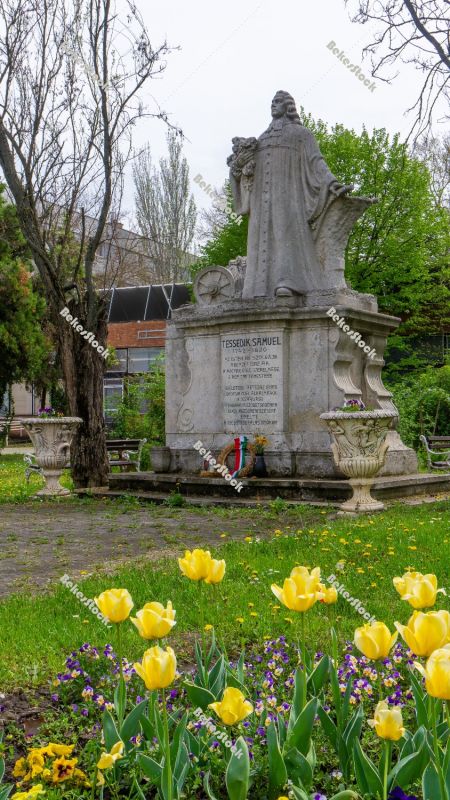

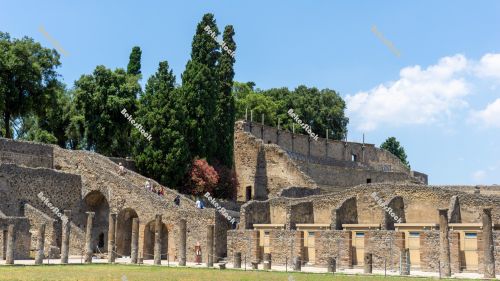
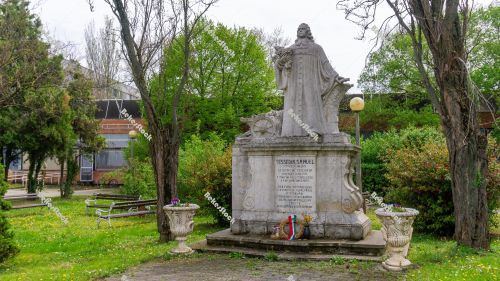
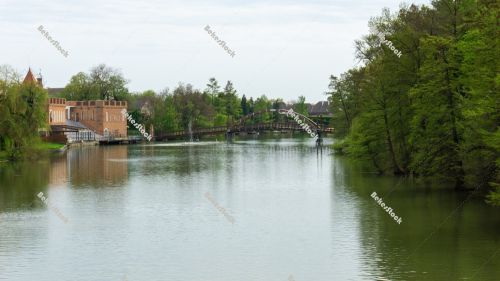
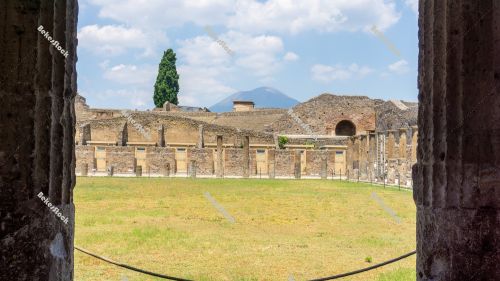
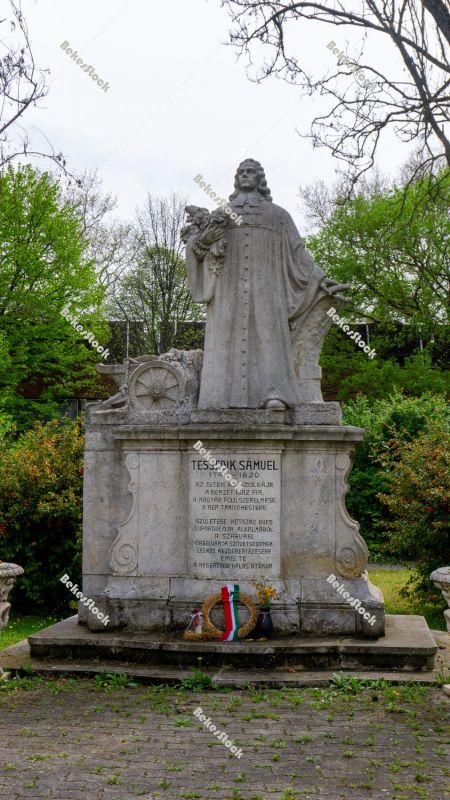
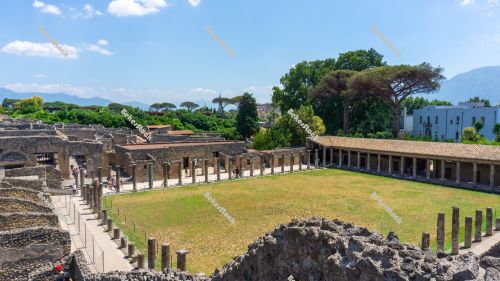
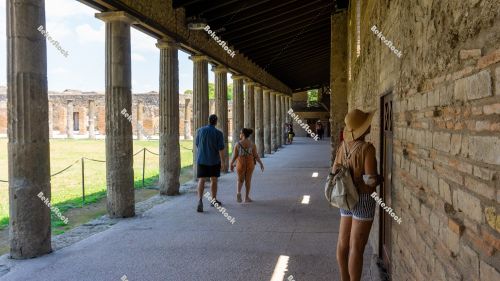
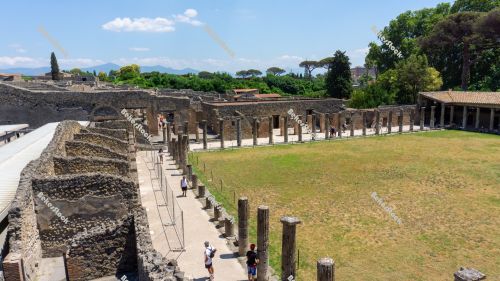
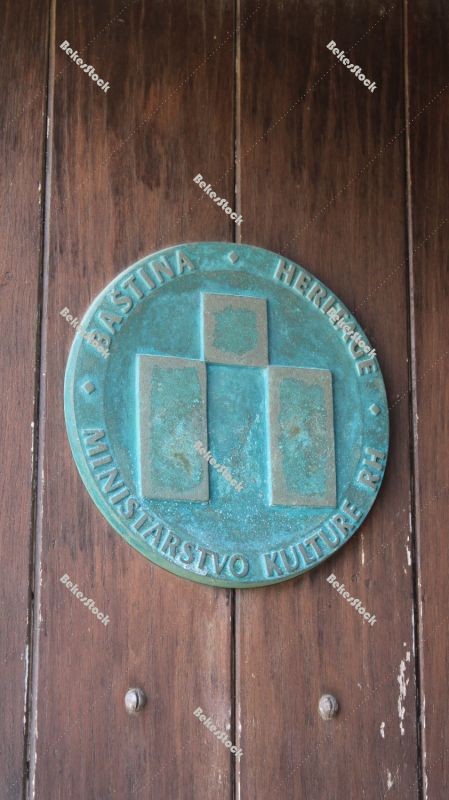
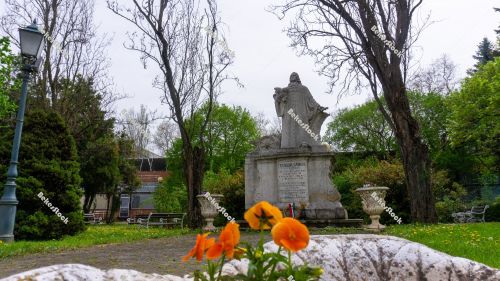
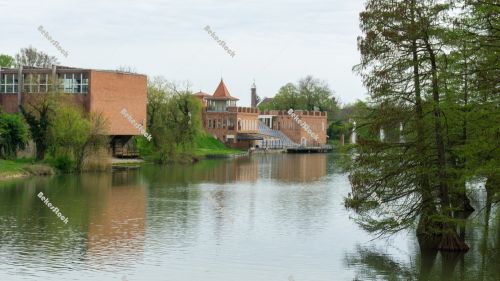
-
 Statue of Tessedik (`Tessedik szobor`). Szarvas, Bekes County, H
Statue of Tessedik (`Tessedik szobor`). Szarvas, Bekes County, H -
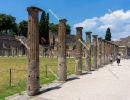 Cloister - QUADRIPORTICUS OF THE THEATRES OR GLADIATORS BARRACKS
Cloister - QUADRIPORTICUS OF THE THEATRES OR GLADIATORS BARRACKS -
 QUADRIPORTICUS OF THE THEATRES OR GLADIATORS BARRACKS in Pompeii
QUADRIPORTICUS OF THE THEATRES OR GLADIATORS BARRACKS in Pompeii -
 Statue of Tessedik (`Tessedik szobor`). Szarvas, Bekes County, H
Statue of Tessedik (`Tessedik szobor`). Szarvas, Bekes County, H -
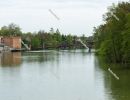 The Szarvas Water Theatre (`Szarvasi Vízi Színház`) and the f
The Szarvas Water Theatre (`Szarvasi Vízi Színház`) and the f -
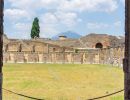 The view of Vesuvius from the Gladiators' Barracks. Pompei, Camp
The view of Vesuvius from the Gladiators' Barracks. Pompei, Camp -
 Statue of Tessedik (`Tessedik szobor`). Szarvas, Bekes County, H
Statue of Tessedik (`Tessedik szobor`). Szarvas, Bekes County, H -
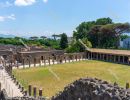 QUADRIPORTICUS OF THE THEATRES OR GLADIATORS BARRACKS in Pompeii
QUADRIPORTICUS OF THE THEATRES OR GLADIATORS BARRACKS in Pompeii -
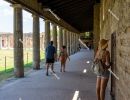 Cloister - QUADRIPORTICUS OF THE THEATRES OR GLADIATORS BARRACKS
Cloister - QUADRIPORTICUS OF THE THEATRES OR GLADIATORS BARRACKS -
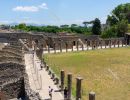 QUADRIPORTICUS OF THE THEATRES OR GLADIATORS BARRACKS in Pompeii
QUADRIPORTICUS OF THE THEATRES OR GLADIATORS BARRACKS in Pompeii -
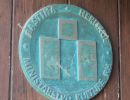 Heritage emblem - Cultural Ministry of Croatia
Heritage emblem - Cultural Ministry of Croatia -
 Statue of Tessedik (`Tessedik szobor`). Szarvas, Bekes County, H
Statue of Tessedik (`Tessedik szobor`). Szarvas, Bekes County, H -
 WATER THEATER (`Szarvasi Vízi Színház`). Szarvas, Bekes Count
WATER THEATER (`Szarvasi Vízi Színház`). Szarvas, Bekes Count

